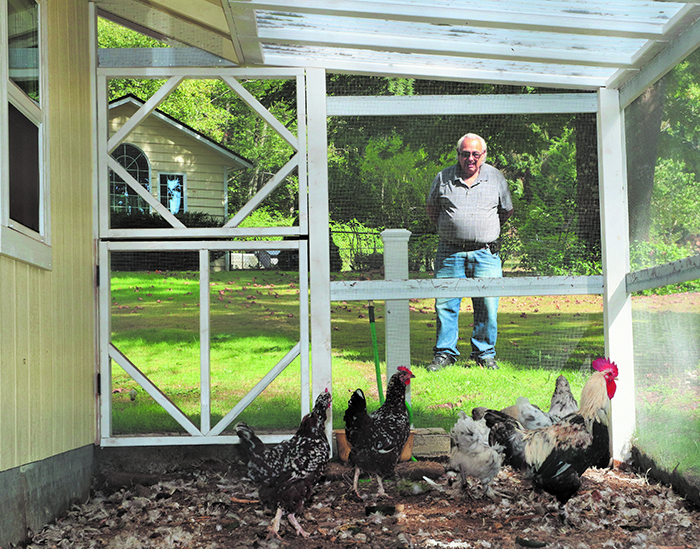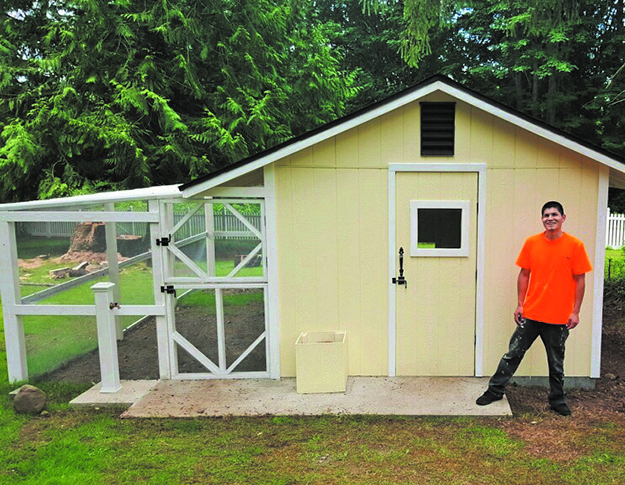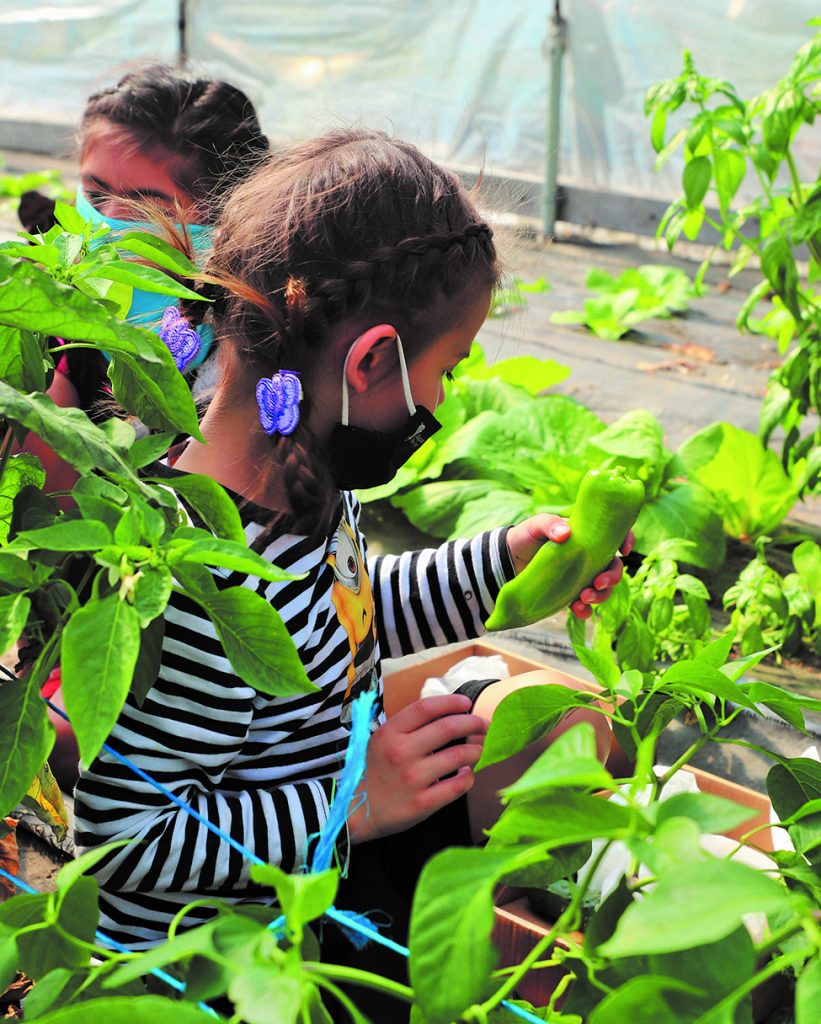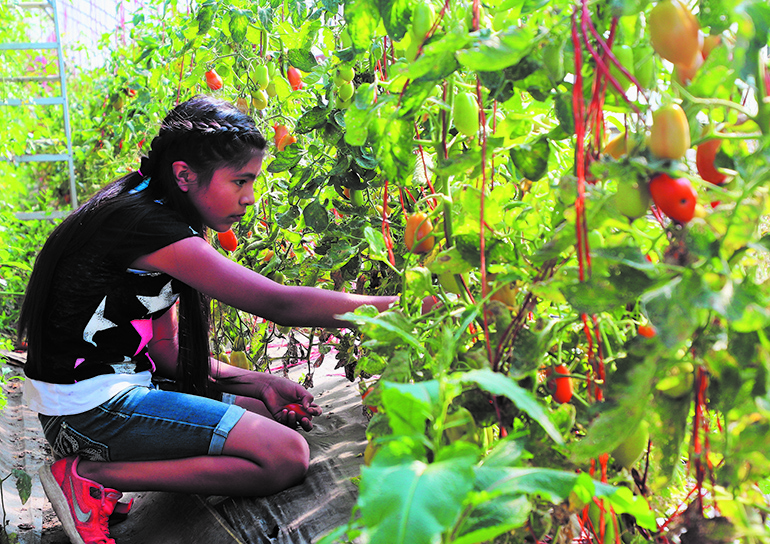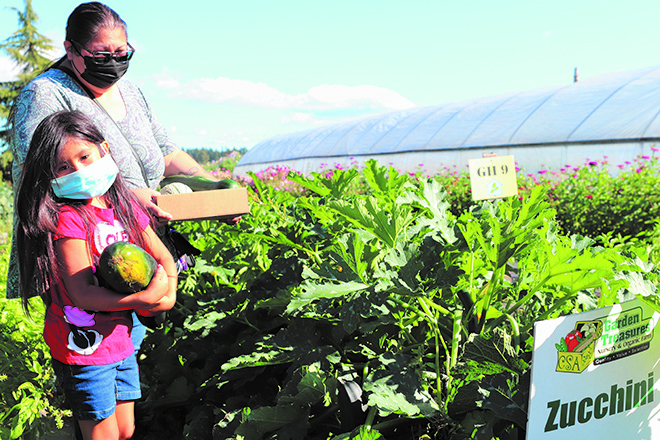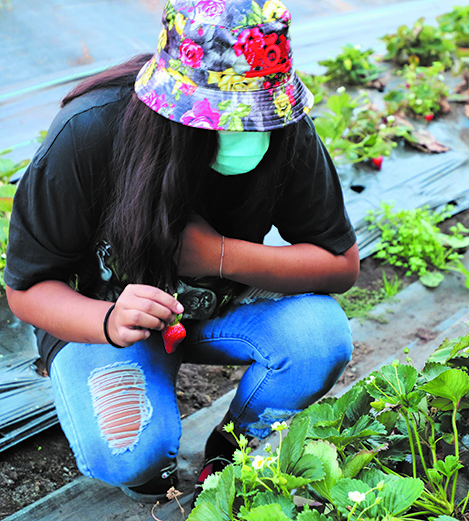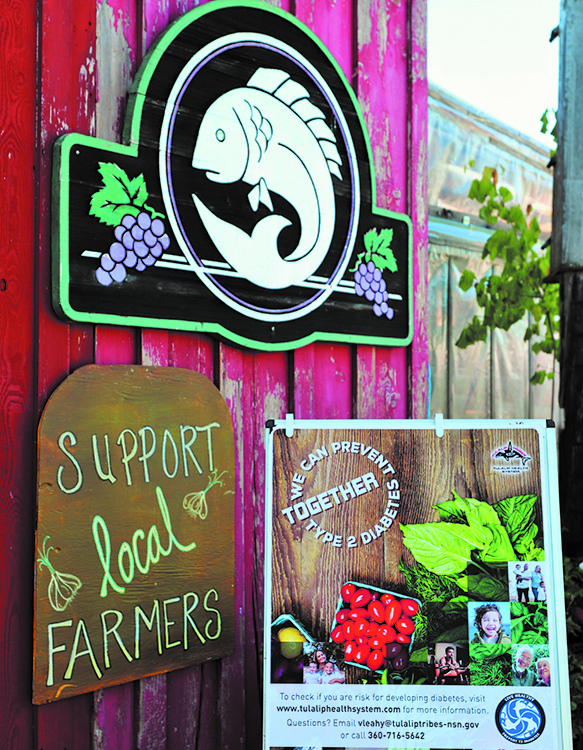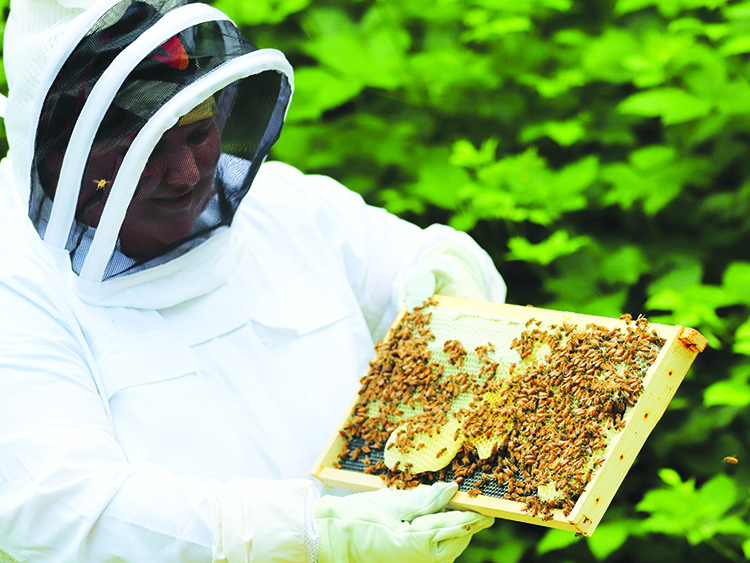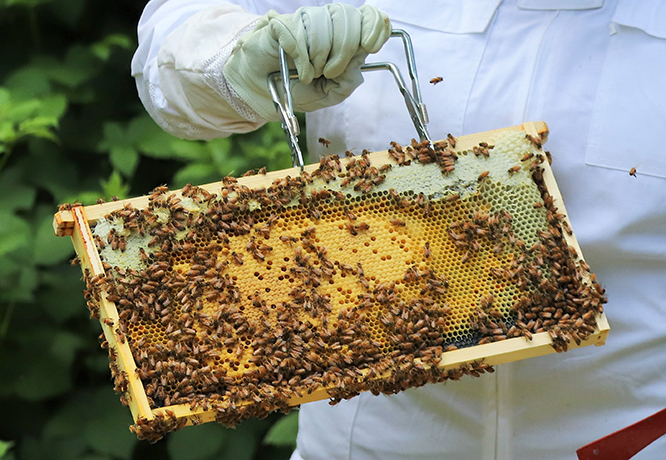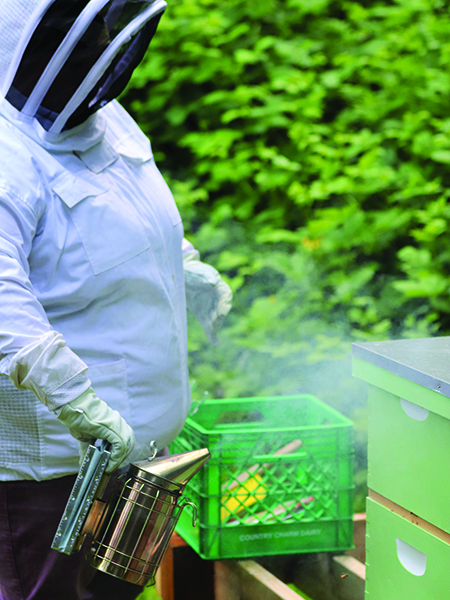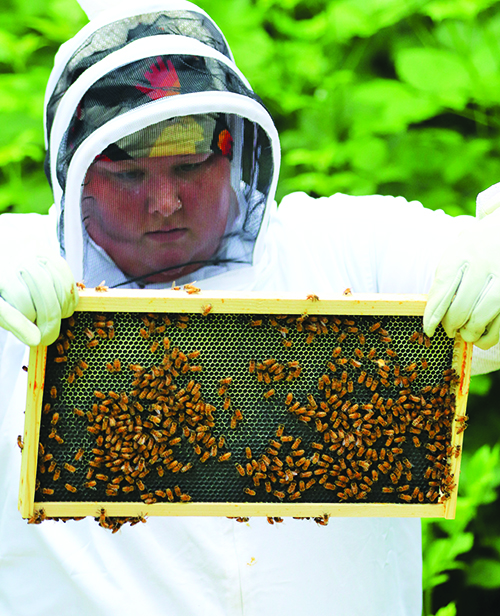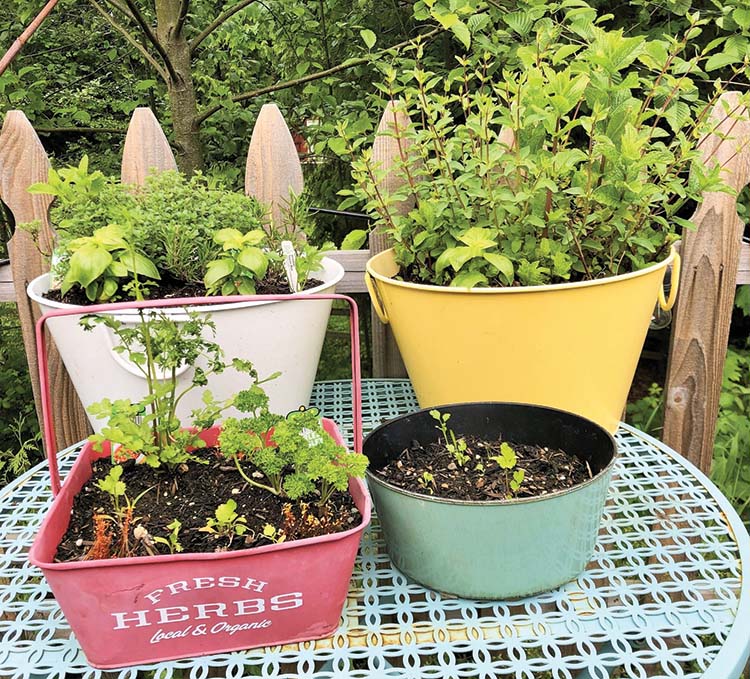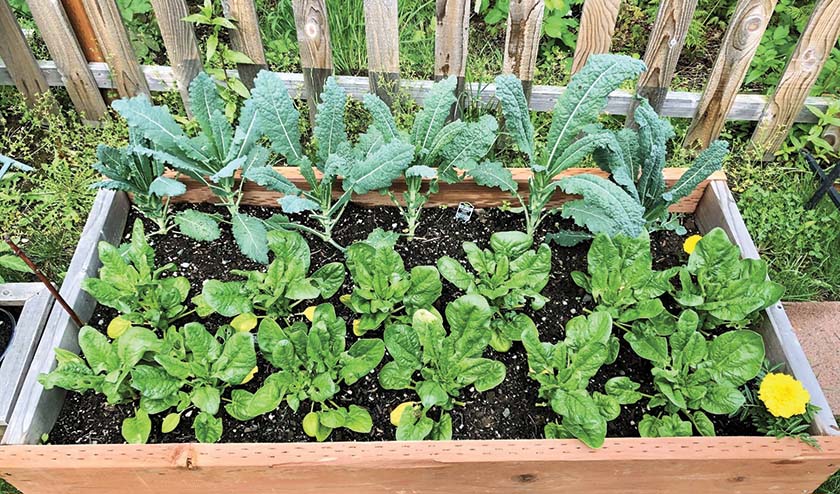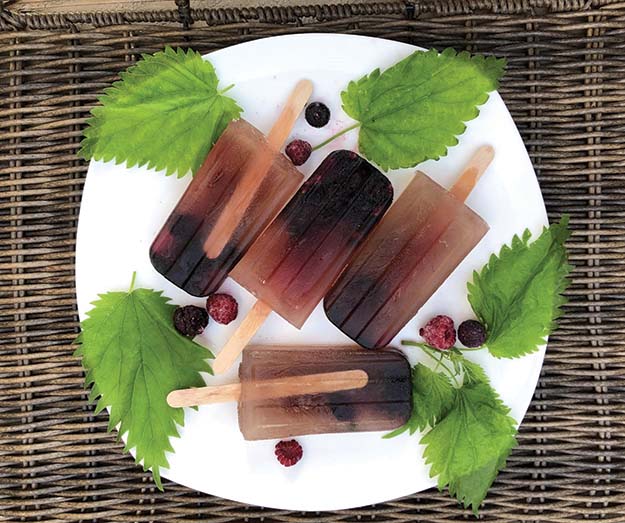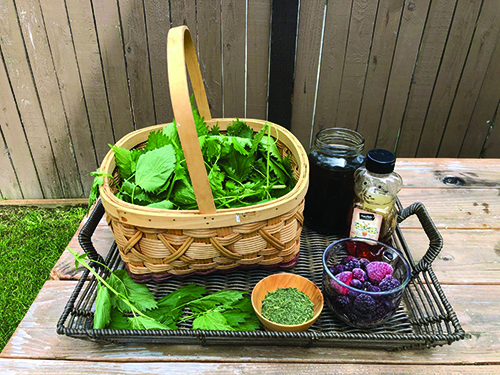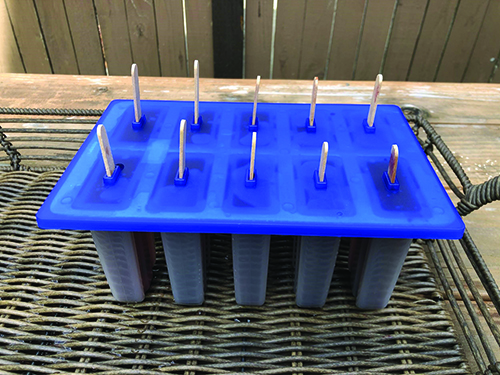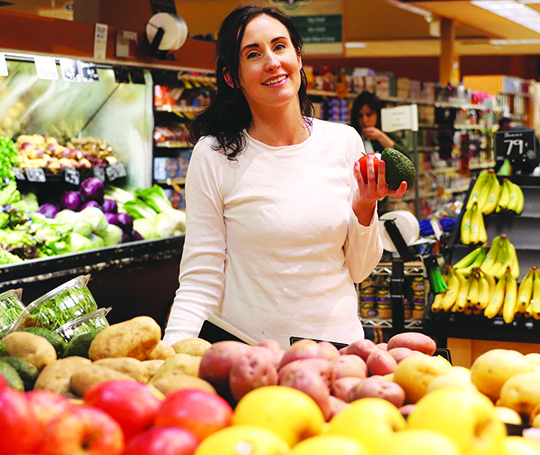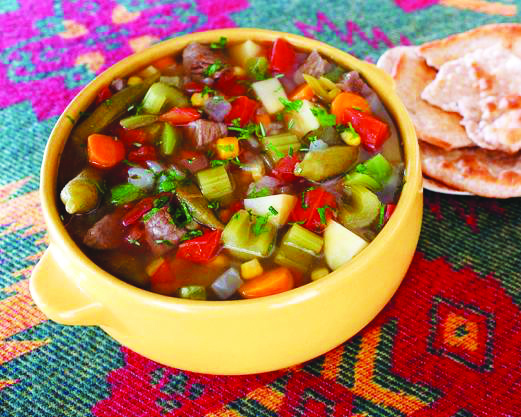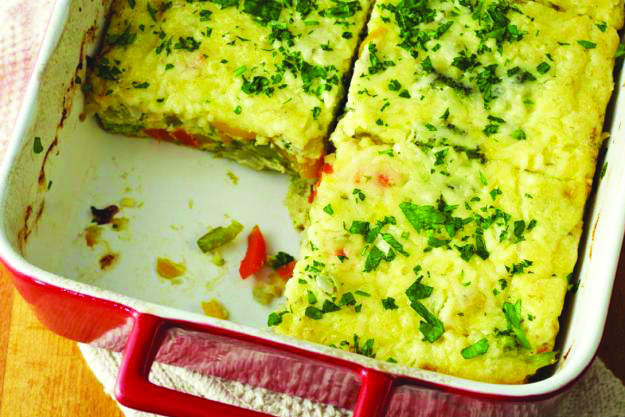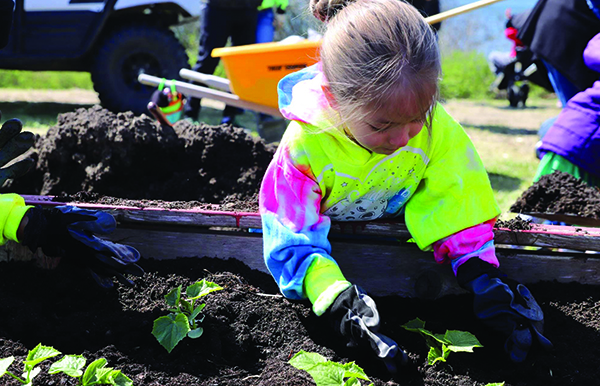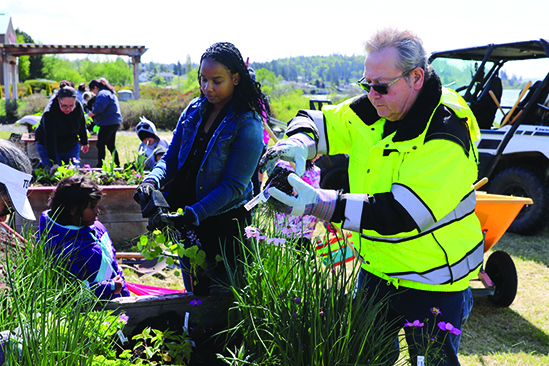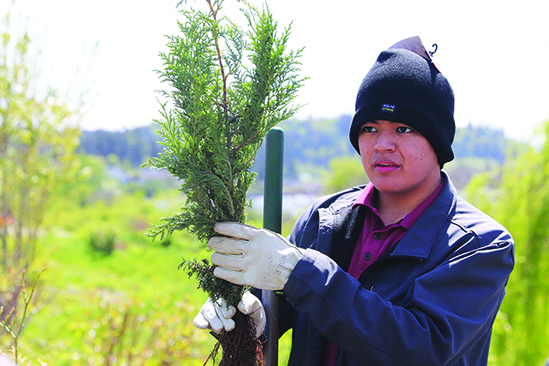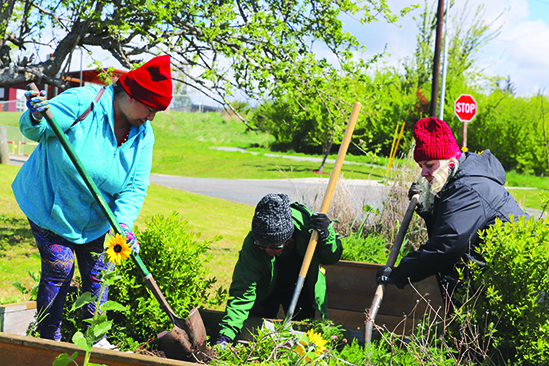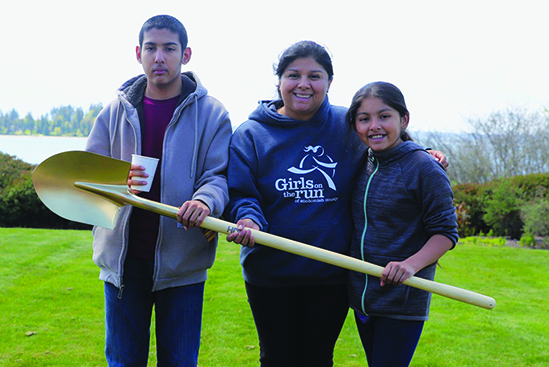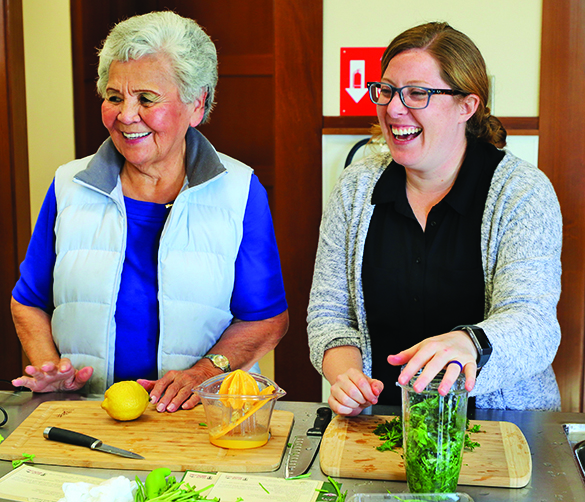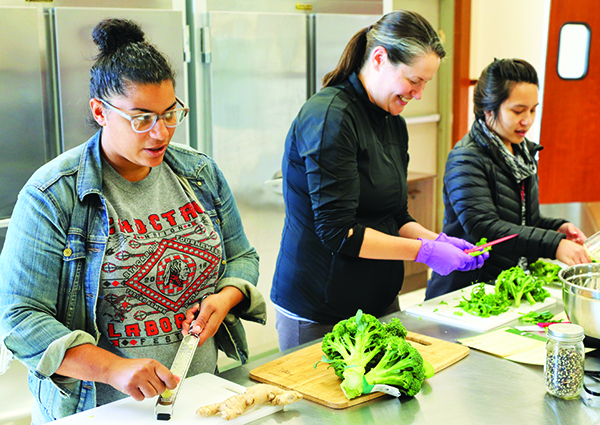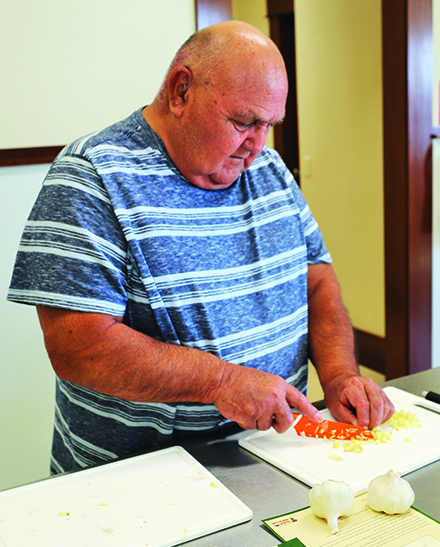
By Kalvin Valdillez, Tulalip News
“Everybody sees soap as this magical thing, and it is kind of magical,” said Tulalip tribal member, Amoreena Anderson. “It cleanses your pores and takes away all the dirt and bacteria off your body, binds it to a molecule and washes it away.”
At a young age, Amoreena found her passion while on shopping trips with her mom in Mount Vernon. Little did she know of all the lives she would positively affect when she was drawn to a section of a local food co-op where they sold handcrafted soap, and her teenage, curious mind began to wonder how soap is made.
“My mom used to take me to the Skagit Valley Food Co-Op and they would have all these handcrafted soaps, I was always interested in knowing how they were made,” she said. “My mom told me she made soap before and I would probably learn when I got older. From that moment on, I was completely into it.”
She spent the next few years researching how to craft soap. If the co-op visits were the prelude to her journey in soap making, the first chapter took place in 2012 when she began experimenting and created her first product, which was a big hit amongst her family and co-workers.
She stated, “I have carpal tunnel and was always typing as a data entry clerk, so I started making shea butter body whip, basically whipped shea butter that I would add essential oils and vitamin E. My friend used to trade me massages for the body butter, it was for her child who had a skin condition. I believe all the high-end essential oils are wonderful, they reap all the benefits that you could use and I really wanted to know more.”
Amoreena explained that after receiving positive reviews about the body butter and learning more about essential oils, she was ready for the next challenge. Purchasing her first home in 2013, she now had the necessary space to fully immerse herself into her passion project.
“I had a typical first timer experience as I started perfecting my methods and recipes. They have soap calculators online that are very helpful in helping you get the right consistency. Cleansing and moisturizing are the two most important factors. Depending on your skin type, you can modify each batch to meet your specific needs. And then there’s also the oil properties; soy bean, coconut, shea butter, a lot of exotic oils that all have different properties. Pretty soon I had a lot of people who wanted to buy soap from me, so I start selling soap. But, I wanted to do more.”

“I had a typical first timer experience as I started perfecting my methods and recipes. They have soap calculators online that are very helpful in helping you get the right consistency. Cleansing and moisturizing are the two most important factors. Depending on your skin type, you can modify each batch to meet your specific needs. And then there’s also the oil properties; soy bean, coconut, shea butter, a lot of exotic oils that all have different properties. Pretty soon I had a lot of people who wanted to buy soap from me, so I start selling soap. But, I wanted to do more.”
Growing up Tulalip, she learned about the traditional lifeways of her people and knew a great deal about harvesting and the medicinal properties that plants contain. She wanted to expand her knowledge on the subject of herbalism even more to incorporate different plants and herbs into her soaps, salves, candles, bath bombs, and lotions to help people with their everyday ailments. She enrolled in an herbalist course to get a better understanding of the healing abilities that various plants offer.
“I took a class to learn different ways I could incorporate a holistic approach, to help people heal their skin issues and symptoms because a lot of herbalism can treat those symptoms,” said Amoreena. “Depending on the plant you’re using, some of these plants are adaptogenic and they alleviate and eliminate symptoms completely. I really feel like I’m doing my best work, sharing my passion for my work in general to give to my community. Whether it be information or product, it’s very empowering and uplifting and I like to not only give to them, but ask them if they would like to make soap with me, if they want to go harvesting with me, or if they want to sit in and watch.”
Amoreena’s soap making journey was off to a great start. In fact, if her story was a biopic on the silver screen, the next few years would play out like a montage as her business, known officially as Coast Salish Soaps, took off. Not only was she selling soap to multiple families within the Tulalip community, her products were being shipped nationwide and could even be found for sale in other countries such as Canada, Italy, Japan, Germany and England. The quality of her products was spoken of highly by her clientele who provided testimonials and side-by-side before and after pictures to back up their reviews.
A major component to her success is the fact the she shares her knowledge with her consumers. When people approach her with different skin issues they wish to address, she not provides them with a product that works, she explains why it will work, what to expect and how the issue may have arisen in the first place.
“I really do care,” expressed Amoreena. “I have sensitive skin. My kids have sensitive skin. A lot of it stems from the food you eat. Your liver is basically your body’s second brain, and your skin is the largest organ on your body. Your skin is considered to be your second liver. Everything your liver doesn’t process out, comes through the skin and you end up having skin eruptions; eczema, cirrhosis, endocrine diseases are linked to the liver and heavy metal. There are so many people who suffer from skin flare ups like dry skin, rashes and they don’t know where it comes from.”
She continues, “When you go all natural with handcrafted soaps like I make, sometimes you go through a detoxing process for your skin and it’s weird for the first two weeks, but then you’re all good. A lot of people say soap irritates their skin and think what is sold over the counter is soap, when it’s not actually soap, it’s chemicals. People like it because it doesn’t leave soap scum, one of the complaints that happens regularly with handmade soaps. But then they’ll notice their skin is a lot drier, itchier, and tight-feeling, and that’s because their using surfactants versus soap. With what corporate America gives the public to use, small-business-handcrafted-soap-makers are really valuable people inside their communities, to bring that knowledge back to people. It’s empowering for a lot of people to take back control on what they use on their bodies.”
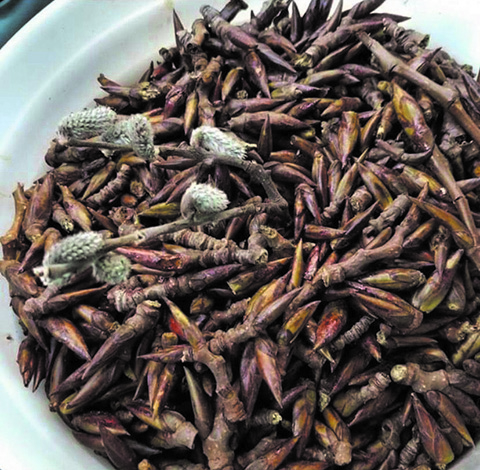
All great success stories are not complete without trials and tribulations, and Coast Salish Soaps are currently weathering a momentary hiatus brought forth in the form of an injury when Amoreena took a spill and broke both of her wrists. Although she hasn’t been in business for about a year, she still receives requests on the regular. When she has the necessary helping hands from her kiddos and plenty of notice in advance, Amoreena will occasionally concoct a batch of soaps to donate for local memorials and funerals in the Tulalip community.
“I usually have a feeling of gratitude when I do my work. When I’m called upon to make soap for memorials, or funerals for our give away practices, I always try to oblige. An important part of our culture, in the potlatch system, is our giveaways.”
Amoreena wants her loyal customers and interested parties to know that her love and passion for soap making hasn’t faltered through trying times, and that she plans on elevating her brand once she is back to 100% and healed from her injury. And although she constantly works with Native plants of this region, such as Devils Club, and has even rendered bear fat to use in her products, she wants to incorporate more traditional teachings and medicine into soaps and creations.
“One of my favorites to make is the emulsified sugar scrub because you’re in total and complete control of how moisturizing or cleansing it is, and how silky it’s going to turn out and how much lather it will have. My healing butter infused with plant medicine is another favorite. Soap is my favorite, that’s a given because that’s the base of my business. I like to make lotions and heavy creams upon request. Liquid soap is most definitely up there, people really like the liquid soap. My son’s out fishing and he’ll come home and it will take the fish smell right out of his skin. Any stinky smell, it’s just gone, don’t have to re-wash your hands from anything potent smelling. It’s really good for your skin too, it doesn’t leave it over dried.”
To stay updated on the latest news about Amoreena and Coast Salish Soaps, please join the Coast Salish Soaps group on Facebook and be sure to give their business page a like as well. Amoreena may not be selling products at this time, but she is always willing to share the knowledge she has attained over the years with those who are inquiring.
She expressed, “My goal with my business is to empower the people, to give back to the community. It’s important that we uplift each other and share our knowledge to keep our Tribe and our community empowered. You’d be amazed at what a bag of liquid soap, that’s full of essential oils, can do for somebody’s mental health just by that ritual of showering and inhaling the essential oils in the steam.”
Did you know?
- Devils club salve is a sacred plant native to the United States, Canada and Alaska regions. They like to grow in areas that have a lot of moisture. A little bit can go a long way. It’s an anti-flammatory and it has multiple uses beyond herbalism that are sacred and spiritual. The plant itself will smoothen out kinked muscles, it will alleviate the pain and bring circulation in.
- Magnesium is a mineral that our bodies need, it’s something that our body doesn’t reproduce on its own so you need to get it from food sources or topically. Magnesium does hundreds of positive things for your body; it relaxes your heart, it relaxes all of your muscles so you can get proper blood flow to damaged tissue, it alleviates leg cramps, it works with nerve damage like neuropathy that diabetics can get, it helps immensely with headaches and can be a very powerful pain reliever.
